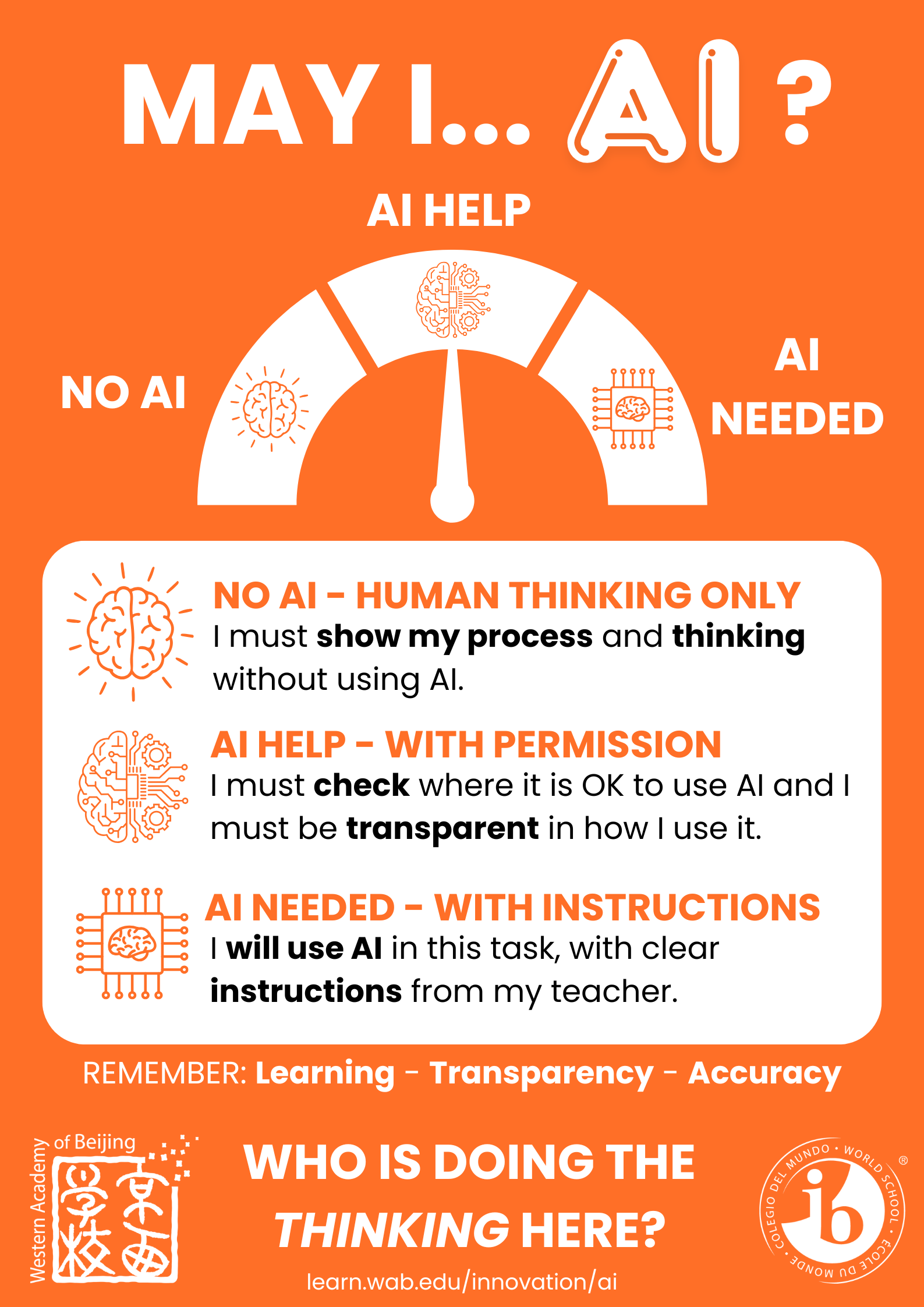

This requires creating a strong culture of thinking, being aware of cognitive offloading and ensuring that the whole process of learning is visible.

Think about one of your classes or assignments. Where do you need to focus you efforts to protect powerful thinking?

 Use ICES prompts to give clear instructions to AI models:
Use ICES prompts to give clear instructions to AI models:
Not all LLM's need such detailed prompts - but organising your own thinking clearly can help. For more examples of prompts, see: https://learn.wab.edu/innovation/ai/faculty/prompts
Activity 1: Circle of Viewpoints on "an AI Classmate".
Prompt: Identity: you are a professional teacher considering the implications of AI in your classroom. Commands: You need to identify as many viewpoints as possible on how AI tools can be used as an “extra classmate: From each viewpoint, consider their suggestions and concerns. Examples: A student might consider an AI providing ideas that they had not considered. Structure: Present the response as a table, with columns for viewpoints, suggestions and potential worries.
Activity 2: Chalk Talk + AI on Mitigations, Adaptations, Innovations
Prompt: Identity: you are a professional teacher considering the implications of AI in your classroom. You want to ensure that students are interacting, thinking and articulating their ideas, without outsourcing their thinking to AI. You like to use Project Zero Thinking Routines and are adapting them to include and/or mitigate for AI. Commands: You need to give a many examples as possible of ways to mitigate for, adapt to and innovate with AI around the thinking goal of [insert goal] on the topic of [insert topic]. Examples: We might consider how interpersonal interactions and articulating thought can promote deep learning in all topics . Structure: Present the response as a table, with columns for mitigations, adaptations and innovations in teaching this topic, with example thinking routines to use and explanations of how they might fit.
Note: This one works best with an internet-connected LLM. Here is an example in Perplexity. Here is an example in Poe. You can continue the threads.
Advanced Task: Beauty & Truth with visual inputs
Example: https://poe.com/s/GQ6uRjHD41cxC5HHnwyo
Identity: You are an artist and expert photographer, interpreting photos through critical thinking. Command: Attached is a photograph to analyse, and you must provide multiple interpretations from different viewpoints, on the following questions: How does the photo portray beauty? How does the photo portray truth? How might the photo conceal beauty? How might the photo conceal truth? Examples: You might consider the beauty and truth in visual cues, and consider what is missing or potentially misrepresented in the photo. Structure: Present the output as a table with columns for portray beauty, portray truth, conceal beauty, conceal truth, with as many rows as possible for interpretations.

